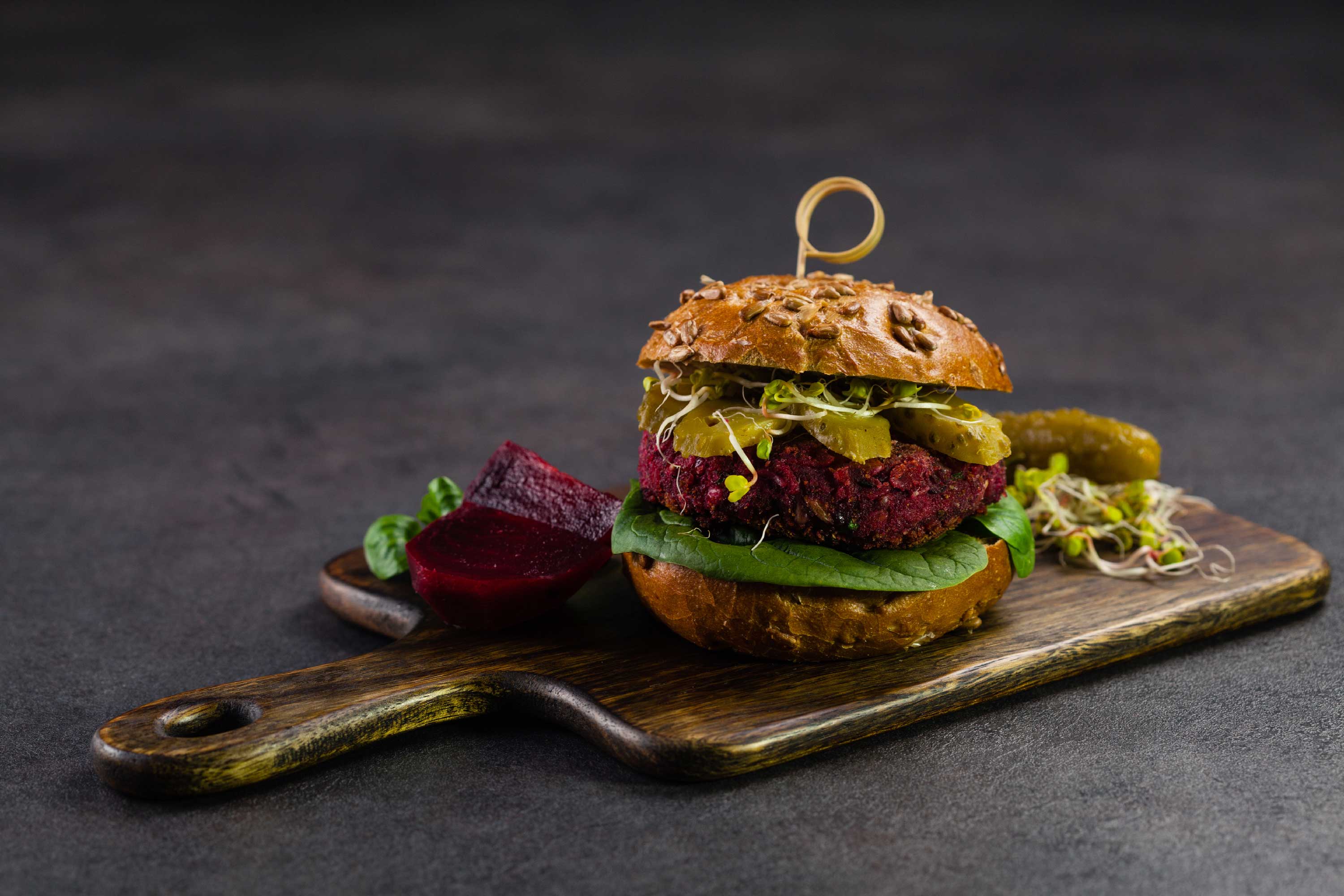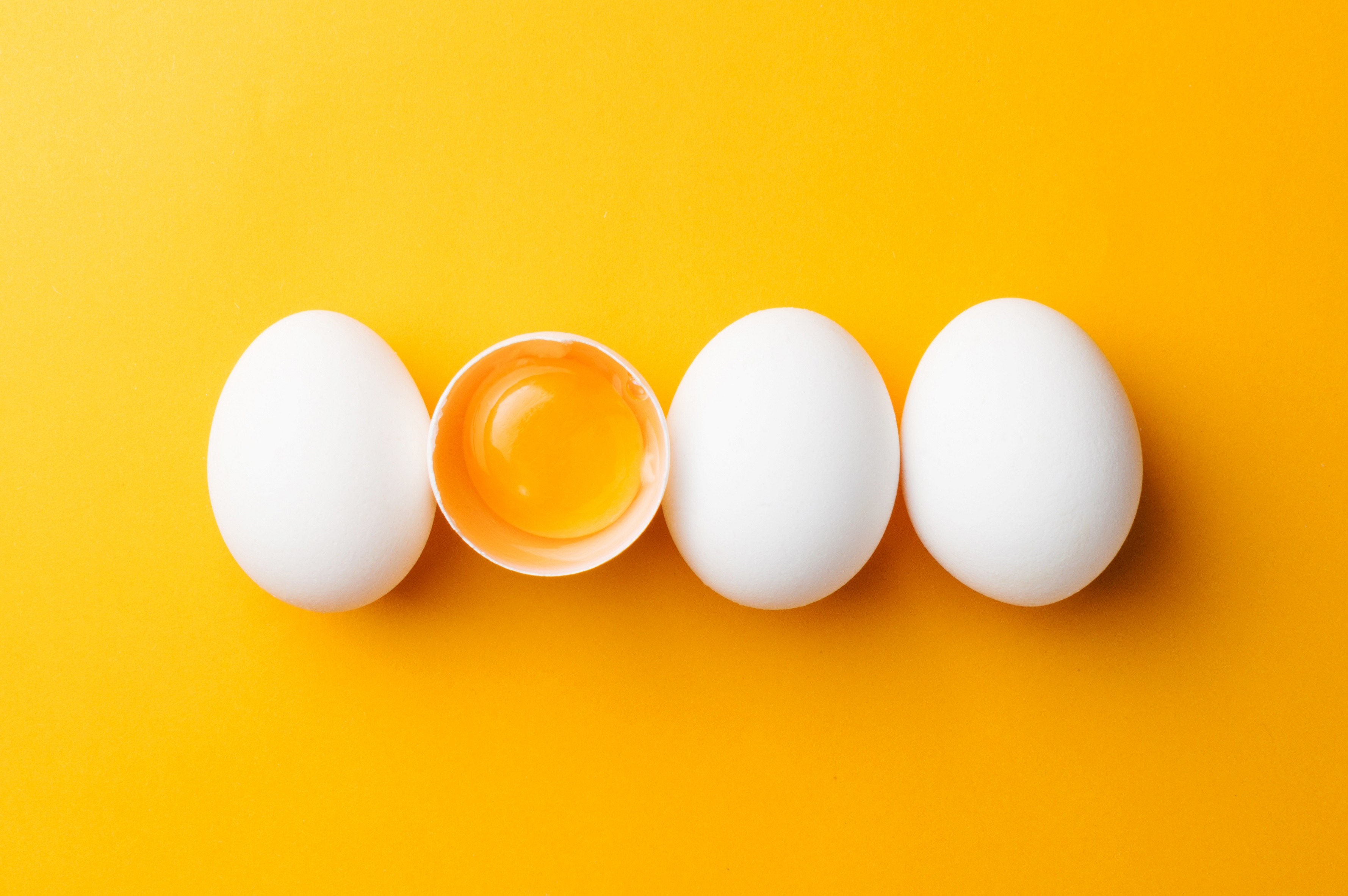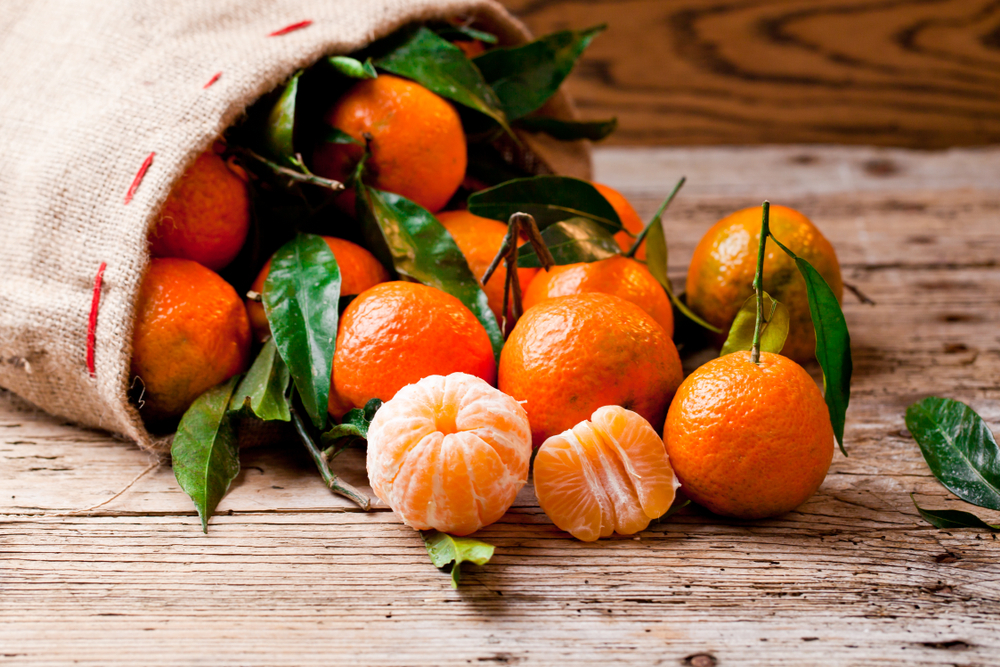Will a vegeburger replace a burger? And what’s the deal with the insects?

A heated discussion about eating insects has recently swept through Poland. It is time to look at the subject from a distance and consider how the contents of our plates are changing – and, above all, what influences this process and why.
The facts are: there are already eight billion of us in the world, and there are going to be even more (in 2037 there are expected to be nine billion!). This means that more and more people still need to be fed by the same land.
Food production is one of the main drivers of climate change. It is responsible for 27 per cent of global greenhouse gas emissions, with agriculture and livestock production alone absorbing 60 per cent of this share of emissions. The food sector also consumes 70 per cent of drinking water (e.g. the production of 1 kg of beef consumes 15 000 litres). It contributes more than other industries to water pollution. It is responsible for the deforestation of vast areas of forest, especially in South America. On the one hand – for pasture, on the other – for cultivated fields where animal feed is raised. This involves a loss of biodiversity.
Industrial plant breeding and animal husbandry involve the use of artificial fertilisers and plant protection products, antibiotics and hormones on a massive scale.
Soya, palm oil and meat are the main raw materials responsible for the environmental crisis, according to the environmental organisation WWF. Almost 80 per cent of soya is grown for animal feed. Millions of hectares of forest, such as the Amazon rainforest and the Great Plains of the USA (Brazil and the United States are the world’s largest soybean producers), are being cleared for its cultivation. This contributes to the extinction of many plant and animal species. The orangutan has become the symbol of the victim of palm oil (whose irresponsible production has caused the destruction of rainforests). Palm oil is widely used in food, cosmetics or household chemicals. It is in the ingredients of every second product we buy.
Consumer madness has – as you can see – a huge price. Madness – because the richer we get, the more food we buy and then throw away. According to the FAO, as much as 17 per cent of food in the world is wasted. At the same time, more than 800 million people in the world are starving – these are figures from the German aid organisation Welthungerhilfe in 2021. As was emphasised, the numerous crises – wars, natural disasters – only increase this already high number. (How not to waste food: advice on our blog).
Poles “in favour” of meat
So how do we break out of this madness so that we can both conserve resources and feed all the Earth’s inhabitants? It cannot be done without changing our eating habits. One of the ones currently being promoted is to reduce meat consumption. Its production is too costly to the planet to be sustained as it has been. These costs include taking land for pasture and growing feed, colossal water consumption or greenhouse gas emissions. The average Pole eats about 1.3 kg of meat per week, although the amount recommended by nutritionists is 0.5 kg per week. According to the Central Statistical Office (CSO), meat consumption in Poland is slowly declining (in 20 years by about 0.5 kg per month) – but it is still far from the recommended amount.
Less meat is one of the tenets of a planet- friendly diet designed to promote health and minimise environmental impact. There is no single planet- friendly diet; variations are influenced by climatic, cultural or geographical conditions, as well as the availability of products. They all have one thing in common: reducing the amount of meat eaten in favour of plants and processing food as little as possible.
When asked whether Poles should give up eating meat for health reasons, 58 per cent said no (IBRiS poll for Rzeczpospolita, March 2023). The media have recently been stirred up by a catchy and repetitive slogan: insects instead of meat. The slogan has been linked to two facts: the European Union’s approval for sale of two species of insects and a 2019 report by the organisation C40 Cities, which – among several other ways to combat climate change in cities – mentions reducing meat and dairy consumption. According to the report, changing eating habits (including reducing food waste) will contribute to a 36 per cent reduction in emissions related to this area of life.
And where’s the protein?
That the market for plant-based meat substitutes is growing rapidly can be seen in almost every major shop. Just a decade or so ago, vegetarians had only a few soya products to choose from, and eating out was quite a challenge. Today, at least in big cities, there are many restaurants offering only plant-based cuisine, and soya drinks instead of cow’s milk have become a standard option in most cafés. Hummus, tofu or falafel are no longer exotic – you can buy them in most chain shops. So are plant-based sausages, chops and cheeses. It is not only vegetarians and vegans who buy them.
Also contributing to the development of plant-based products were scientists from Łukasiewicz – PIT, who developed the recipe and technological process for a vegeburger from wholesome food waste.
The market for plant-based meat substitutes is growing dynamically, faster than other food categories. According to Nielsen IQ data, sales of meat alternatives doubled in 2022 alone.
The number of people considering themselves vegetarians, vegans and flexitarians is also growing. What are the differences between these diets? Vegetarians do not eat meat or fish, but cheese, eggs or honey can be found on their plates. Vegans do not eat any products that come from animals. The flexitarian diet is relatively new and can be called flexible vegetarianism. It involves a significant restriction on eating meat and fish, but allows them to be eaten occasionally, such as at parties or away from home.
According to various data, the number of vegetarians and vegans in Poland is between 8 and 10 per cent. Young people are the most likely to give up meat, and they are also the ones who declare in surveys to give up or significantly reduce meat eating in the future.
Meat without vitamins
The needs of meat eaters, climate protection and animal welfare are to be reconciled with so-called “test-tube meat”. It is produced by taking the muscles of animals and extracting adult stem cells from them. Nourished with amino acids, minerals or vitamins, they multiply to produce meat. They grow in special bioreactors, in which tension is exerted – thanks to which the muscles are ‘exercised’. This method uses 99 per cent less land and 82-96 per cent less water.
Under laboratory conditions, it is easier to control the purity of meat and it does not need to be treated with antibiotics. Its production in the laboratory is energy-intensive and can emit even more greenhouse gases than conventional farming. Also, no method has yet been found to guarantee that this meat contains the iron, vitamin B12 and other micronutrients that are in that from animals. What’s more – laboratory farming is also expensive and requires a lot of investment to set up. It is estimated that in 2035, test tube meat will account for only 6 of the 97 tonnes of plant-based food produced worldwide.
What is “novel food”?
In an old joke, a mother, seeing her son chewing something while playing in the sandpit, asks him what he is eating. He replies that meat. ‘Where did you get it?’ – asks the concerned mother, to which the son cheerfully replies: ‘It crawled on its own’. The joke was disgusting, because in our culture worms are associated with dirt rather than food. So when the European Commission authorised the use of cricket flour and frozen, dried and powdered mealworm larvae in January 2023, there was an uproar in the media and on the internet.
And yet we have been eating powdered worms for a long time, for example in yoghurt or kisrup. They owe their red colour to cochineal, which is made from grinding cactus maggots. These are distant relatives of the aphids found in Mexico. Cochineal is durable, light and temperature resistant. It is also used in the production of coloured cosmetics.
The EU has already approved other insect preparations – dried bearberry and dried migratory locust powder. Further applications are awaiting approval.
As early as 2013, the FAO – Food and Agriculture Organisation of the United Nations – published a report arguing that the widespread eating of insects would benefit the environment and contribute to reducing hunger in the world. These animals are high in protein, iron, calcium and zinc, and their chitinous shells are rich in fibre.
Raising insects is simpler, cheaper and less harmful to the environment. It does not need huge pastures, so it does not involve deforestation. It uses less water – 200 litres per kg of insect meat. As much as 9 kg of worm meat can be obtained from 10 kg of feed (compared to 3 kg of pork, 5 kg of chicken and only 1 kg of beef).
What do insects taste like?
Insects were eaten by our distant ancestors, and today they are food for almost 2 billion people worldwide. They are eaten in Asian countries (where they are the main source of protein for poorer populations) or the Central and South Americas. People eat ants – mushroom ants have a spicy flavour and are often used to flavour dishes, while honey ants are sweet. Asian water bugs are also eaten, whose meat has a liquorice-sweet aftertaste, edible crickets are eaten, which taste a bit like chicken as well as grasshoppers, which taste a bit like shrimps. Cicadas, bugs, flies, bees or wasps also land on plates. In Colombia, roasted ants sometimes replace popcorn.
In the European Union, authorised insects (except whitefly larvae) are in powder form. Its production is a rather complicated process – from a 24-hour fast for the insects to freezing, washing, technical processing, producing oil from them, which is transformed into powder.
Bugs and insects have been classified by the European Union as so-called “novel food”. This is food that was previously (before 15 May 1997) not consumed to any significant extent in European countries. It includes food produced with innovative methods, new technologies or traditional food from third countries.
At Łukasiewicz – PIT we design machinery and equipment for the food industry – see our offer.




